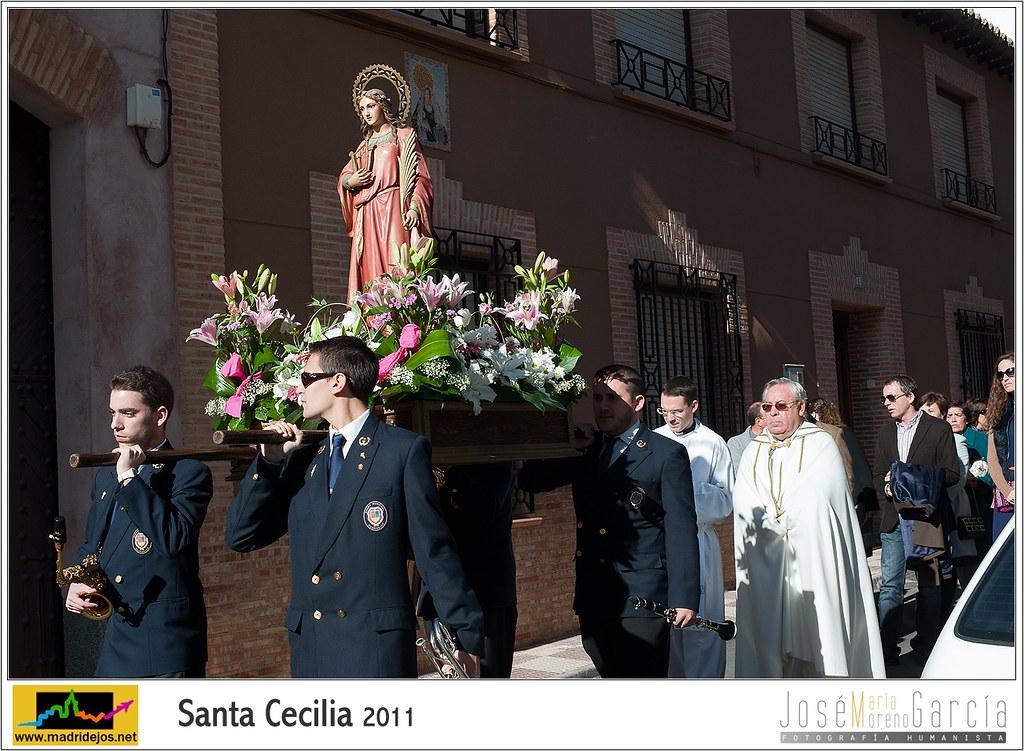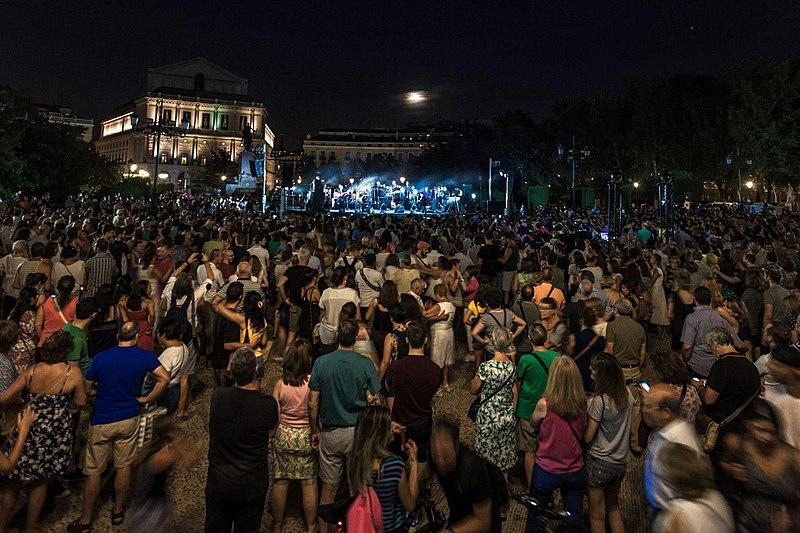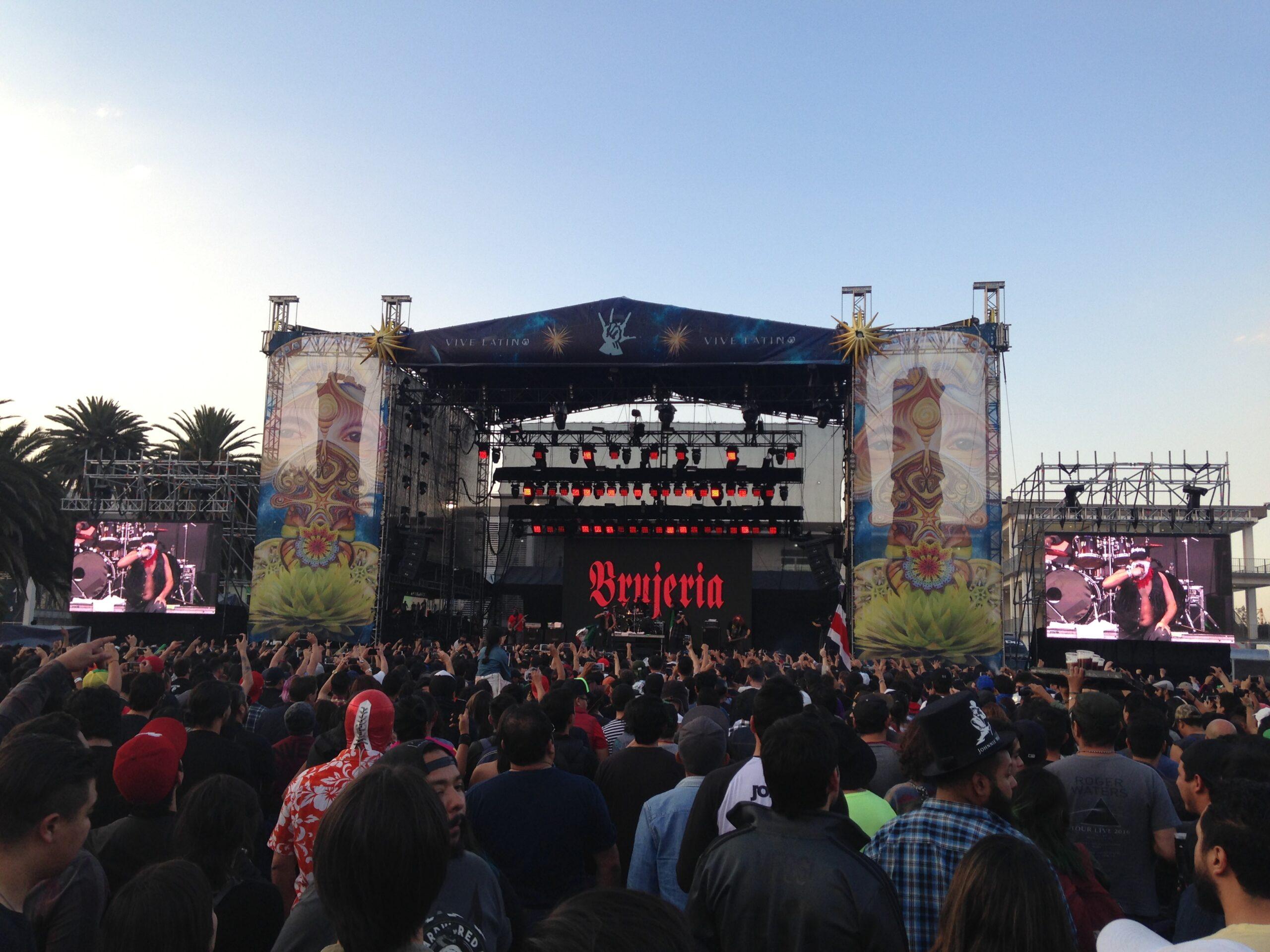Introduction
In Spain, November 22nd is a day that resonates with music, celebration, and the spirit of artistry. It is the day when the country honors its patron saint of music, Santa Cecilia. The Fiesta de Santa Cecilia is a vibrant and joyous occasion that brings together musicians, artists, and music enthusiasts from all walks of life. This article delves into the history, traditions, and the spirit of the Fiesta de Santa Cecilia, a unique celebration that resonates with the heart and soul of Spain.
The Patron Saint of Musicians
Santa Cecilia is the patron saint of musicians, and her feast day is celebrated with immense zeal and enthusiasm. Legend has it that Cecilia, a Christian martyr, was a talented musician who played an organ and sang hymns in her heart to God. Her unwavering faith, love for music, and dedication to the divine made her the perfect symbol for musicians in Spain and around the world.
The History of the Fiesta de Santa Cecilia
The celebration of Santa Cecilia’s feast day as the patron saint of musicians dates back to the 16th century in Spain. The exact origins of the Fiesta de Santa Cecilia are a bit hazy, but it has become an integral part of the Spanish cultural calendar over the centuries. In many Spanish cities and towns, musicians, orchestras, and music schools come together to pay homage to Santa Cecilia with concerts, parades, and various music-related events.
Traditions and Celebrations
- Musicians’ Processions: One of the most cherished traditions on this day is the musicians’ procession. Musicians, both professional and amateur, parade through the streets playing their instruments and singing. It is a magnificent spectacle that captures the essence of the celebration.
- Concerts and Performances: Across Spain, numerous concerts and musical performances are organized in honor of Santa Cecilia. These events often feature a wide range of music genres, from classical to contemporary, showcasing the rich musical diversity of Spain.
- Award Ceremonies: Many musical associations and schools present awards, scholarships, and recognitions to deserving musicians on this special day. It’s a way of nurturing and encouraging the talent of the future generation of musicians.
- Free Music Lessons: Some communities offer free music lessons or workshops on the Fiesta de Santa Cecilia, allowing individuals to explore their musical interests and abilities.
- Religious Services: Traditional religious services and masses dedicated to Santa Cecilia are held in churches across Spain. These services often feature special musical performances, highlighting the connection between faith and music.
- Street Festivals: In addition to the formal events, street festivals and fairs are also held, creating a festive atmosphere with food, drinks, and various forms of entertainment.
The Universal Language of Music
The Fiesta de Santa Cecilia is a celebration of the universal language of music and the vital role it plays in Spanish culture. It serves as a reminder of the profound connection between art and spirituality. It also encourages a sense of community, bringing people together to appreciate and create music, irrespective of their background or skill level.
In Spain, the Fiesta de Santa Cecilia is a testament to the enduring power of music and the artistic spirit. It reminds us that music transcends borders, speaks to the soul, and unites people, making it a fitting tribute to the patron saint of musicians, Santa Cecilia.




